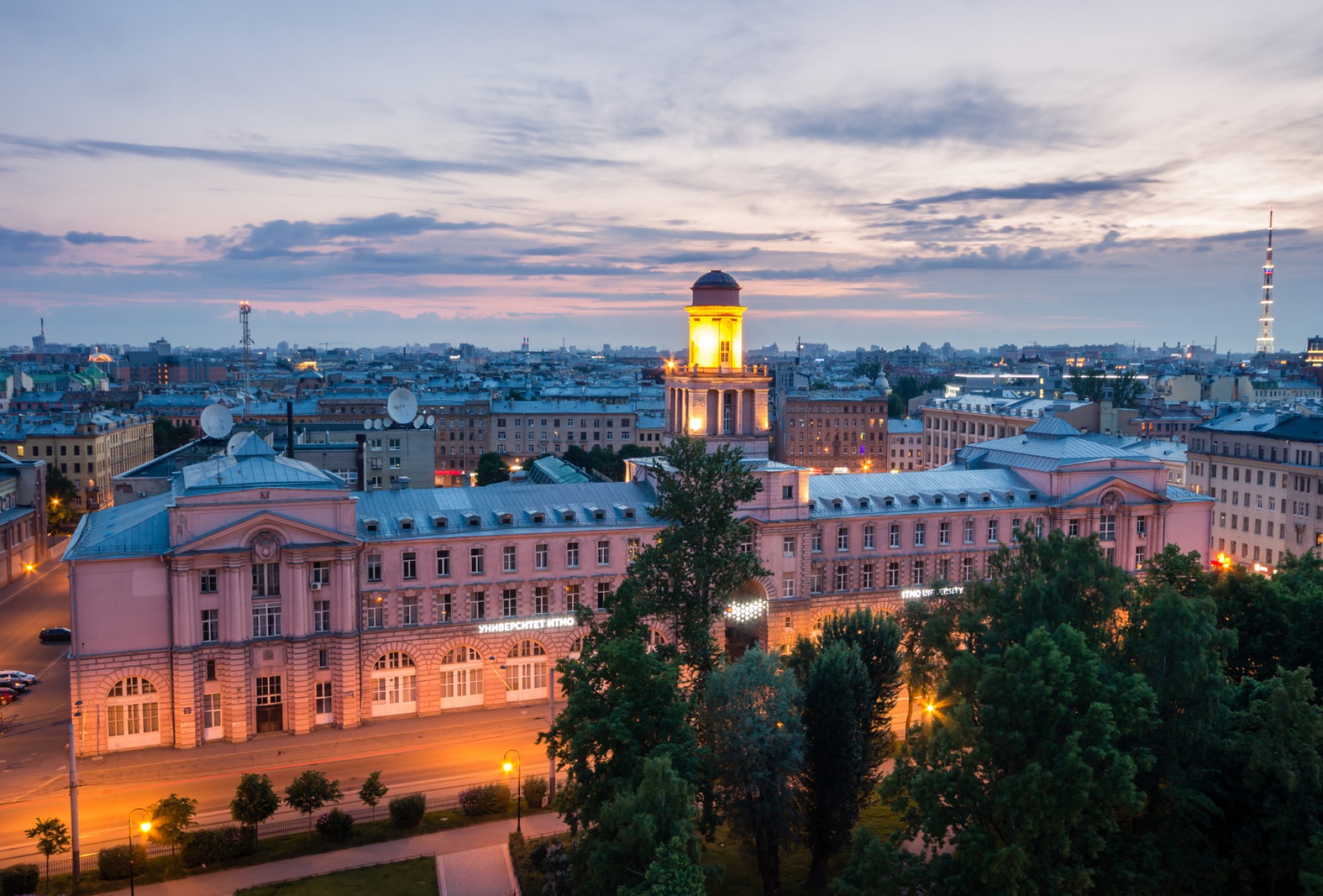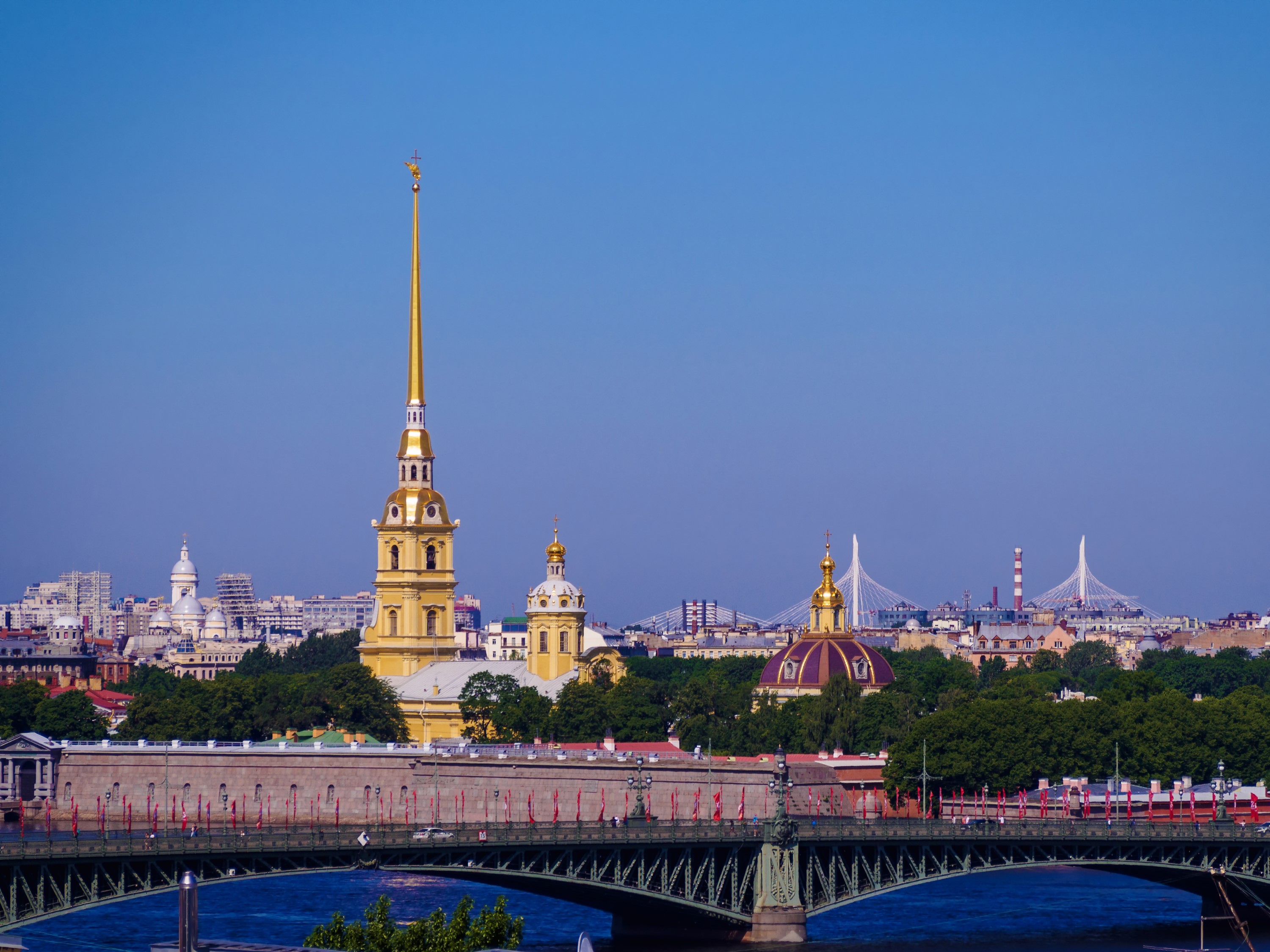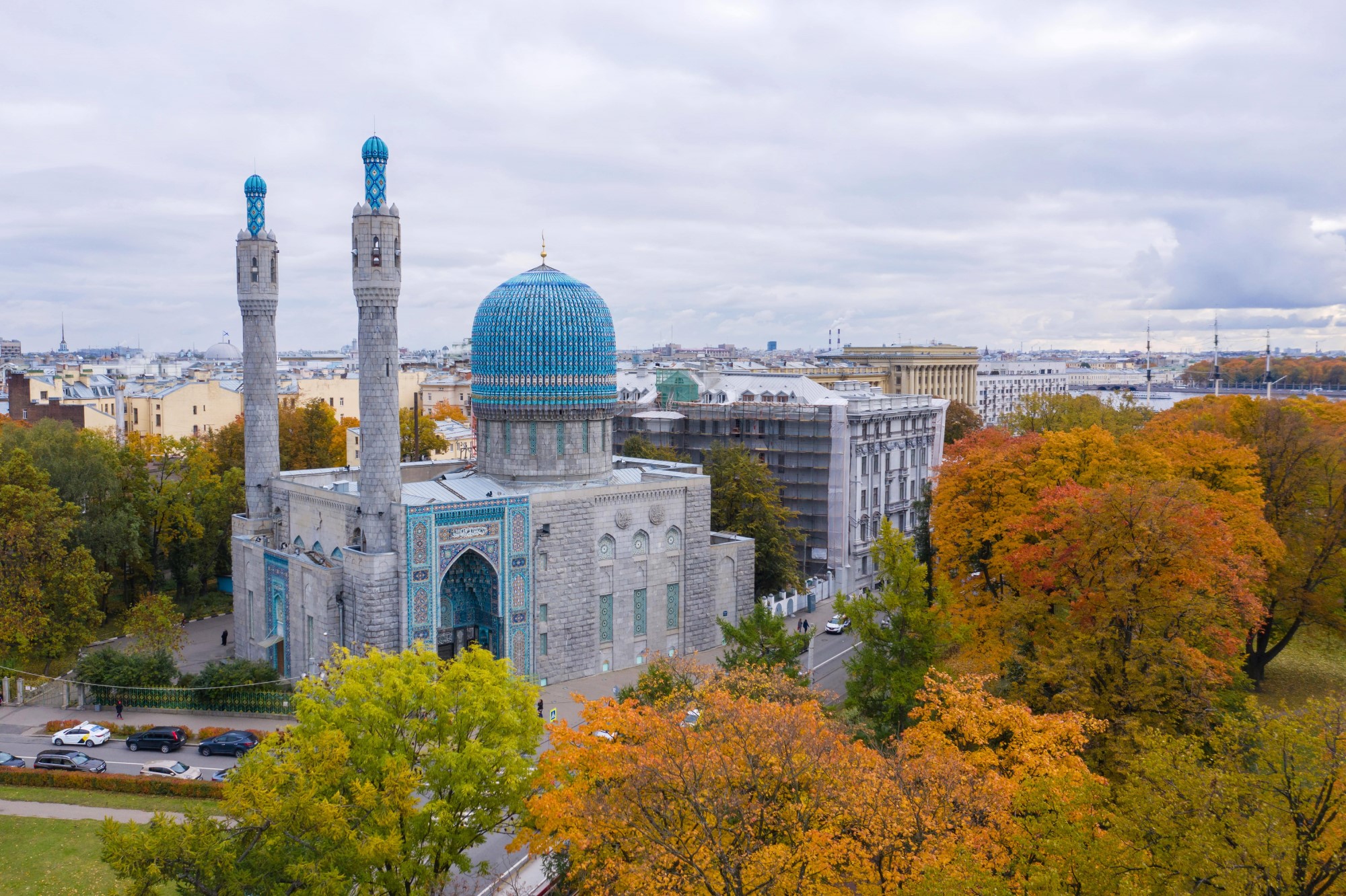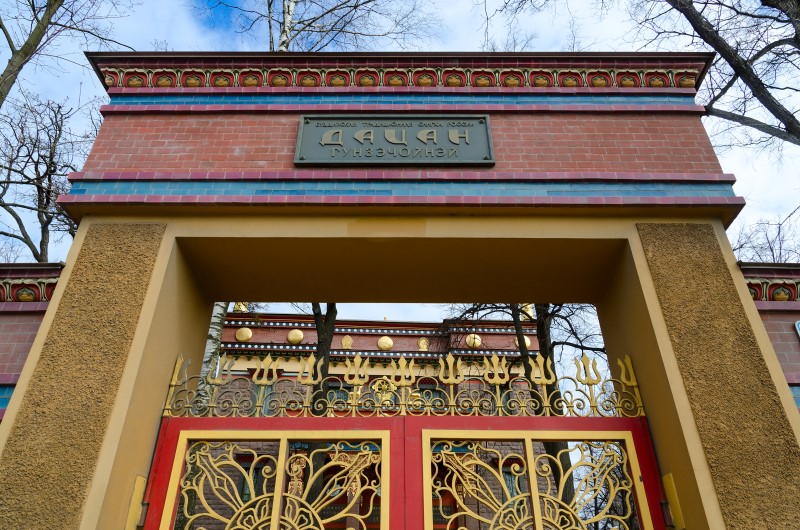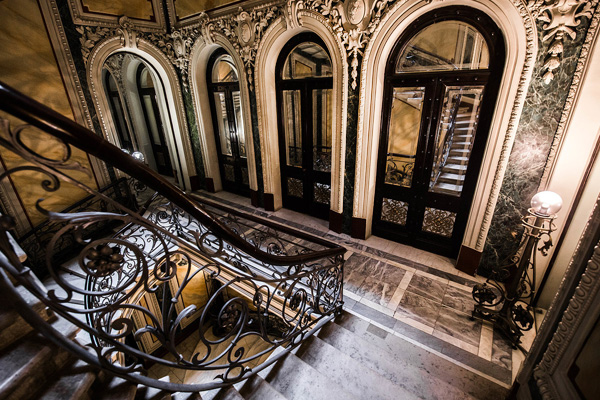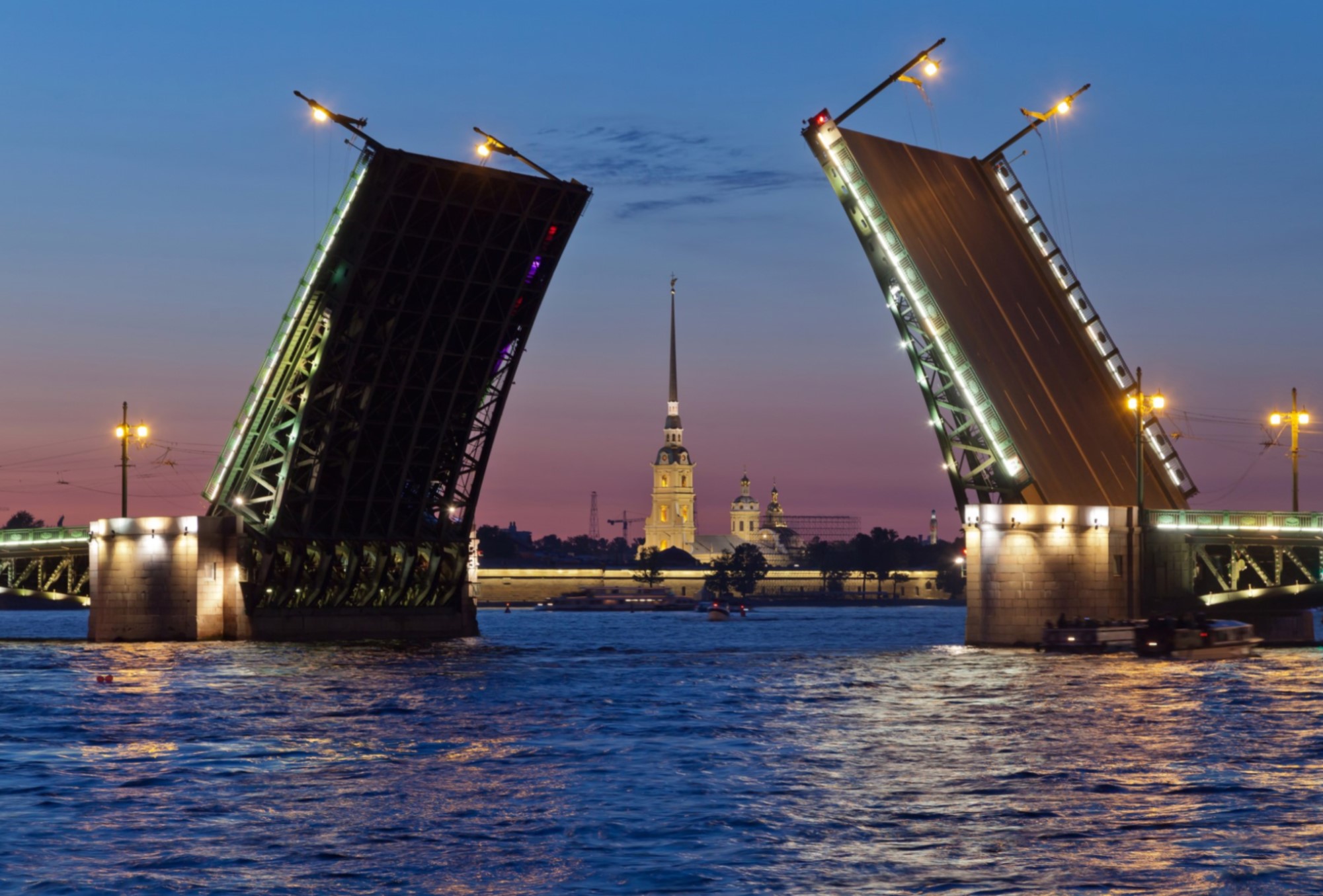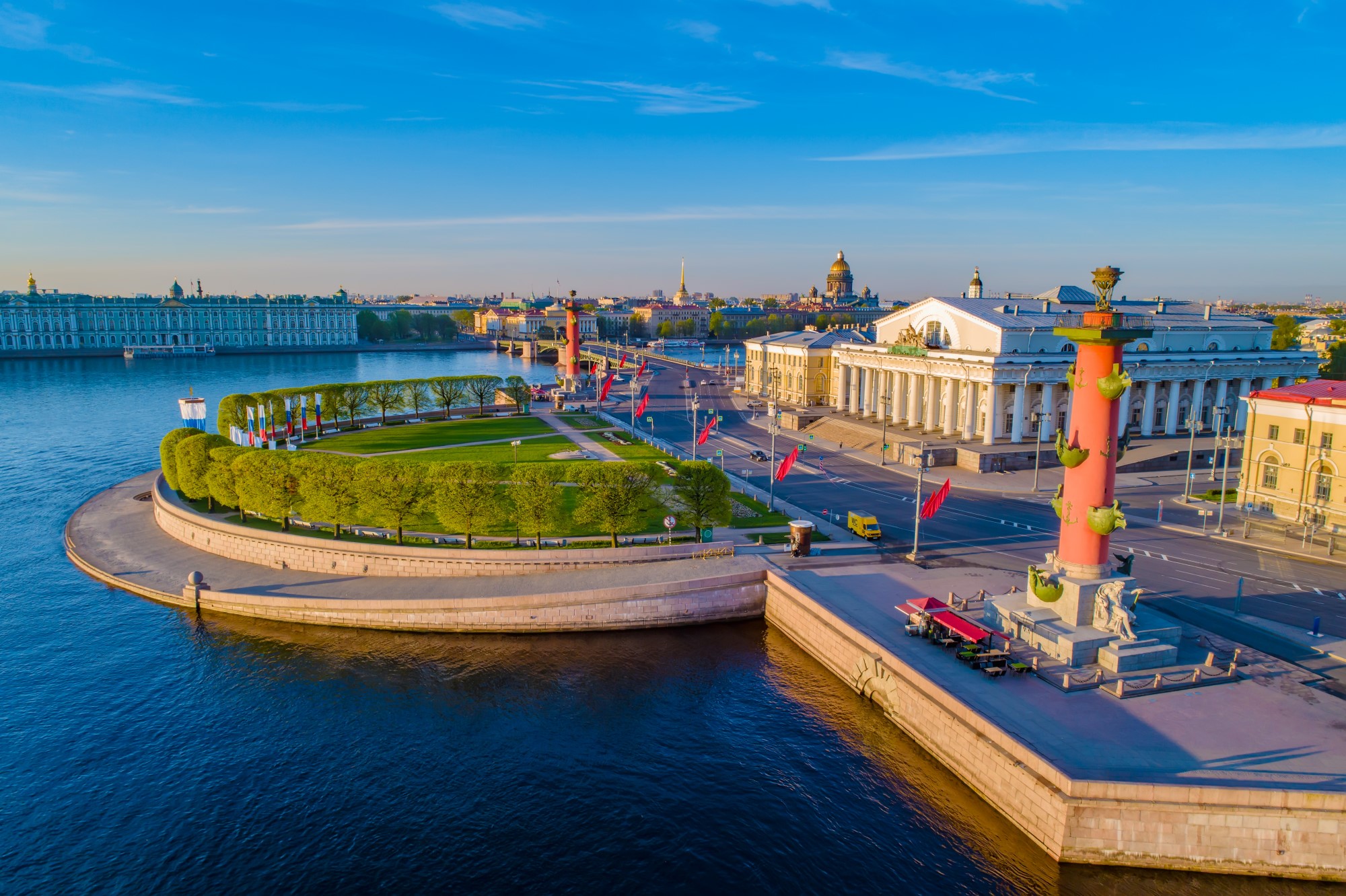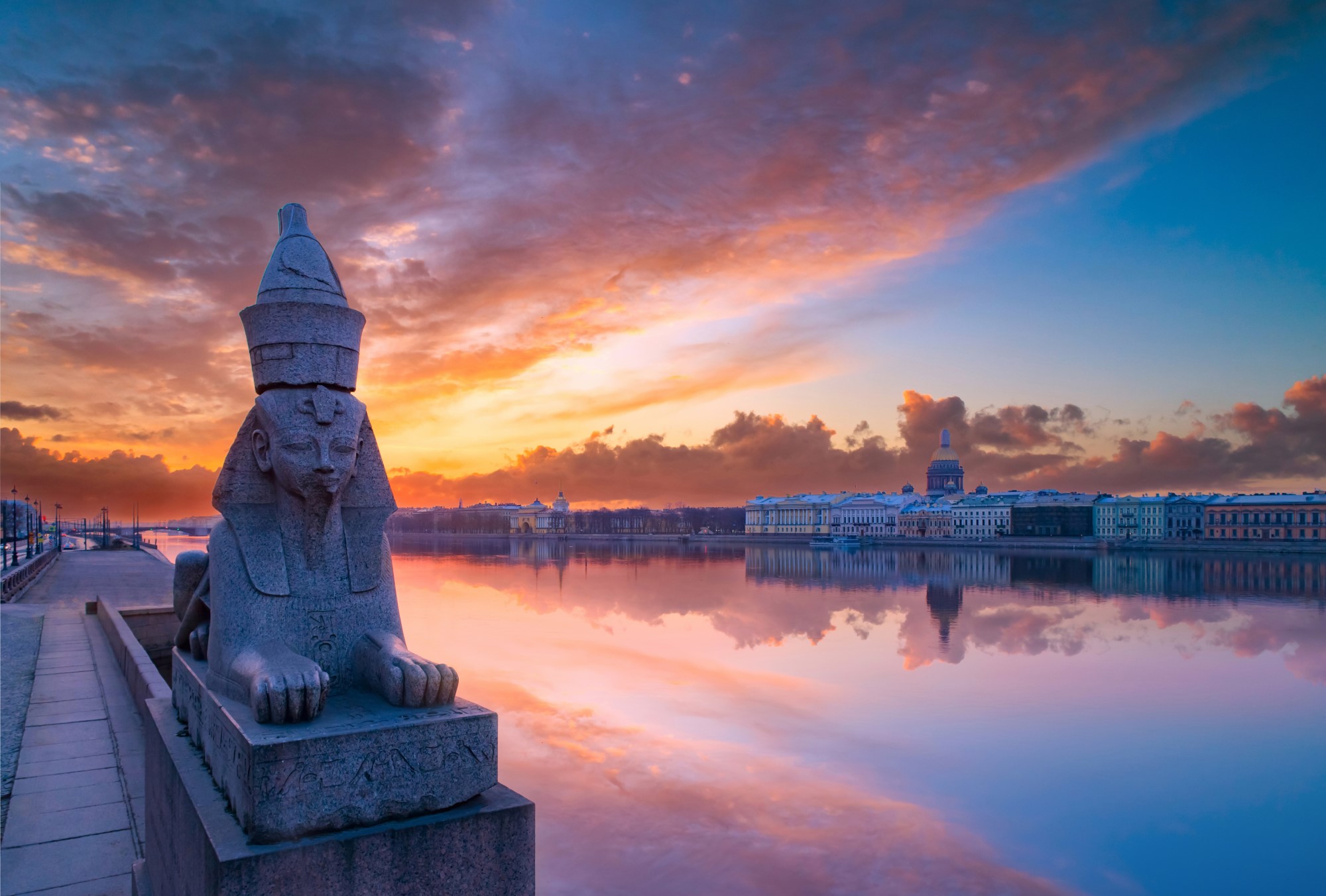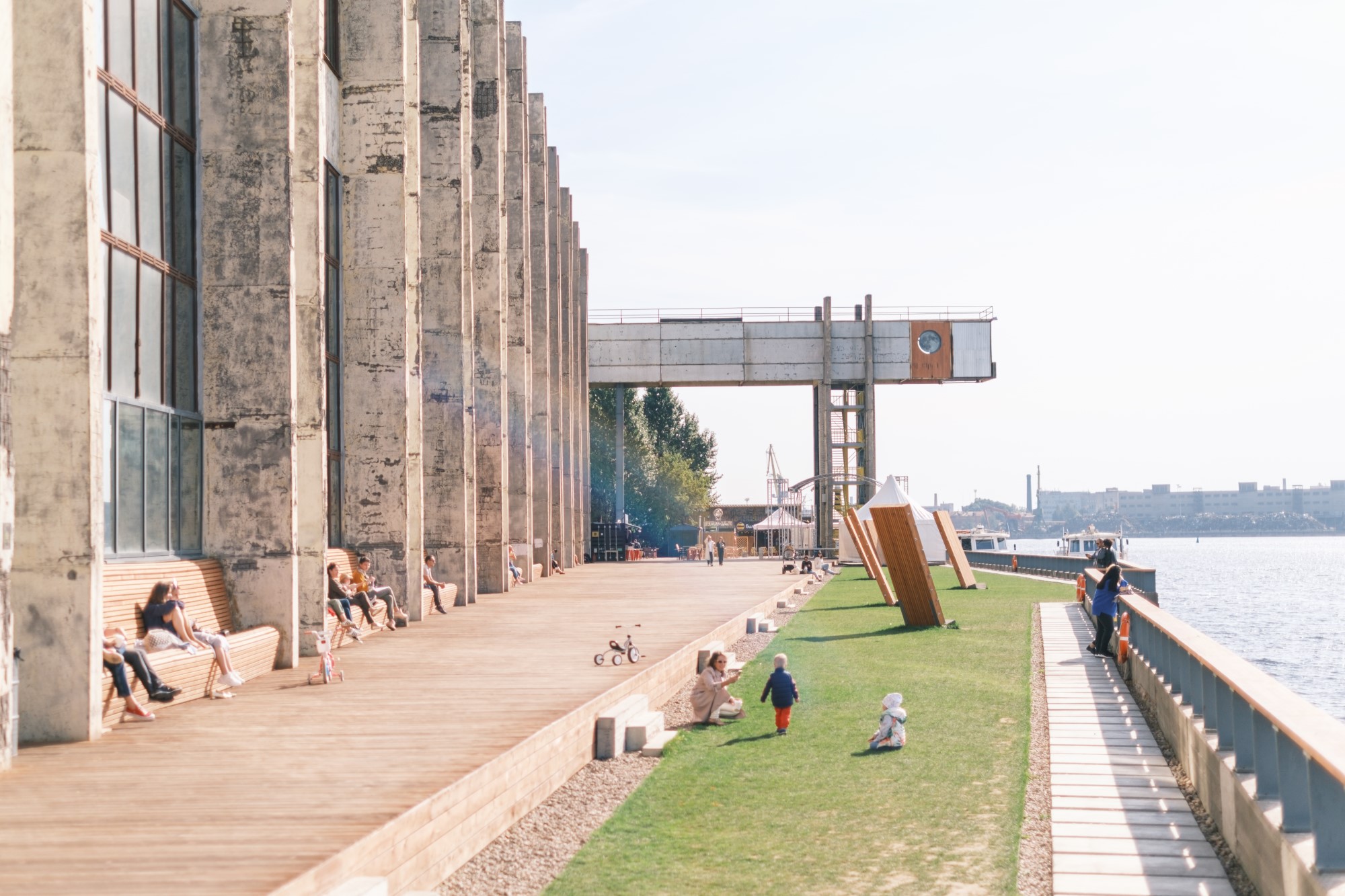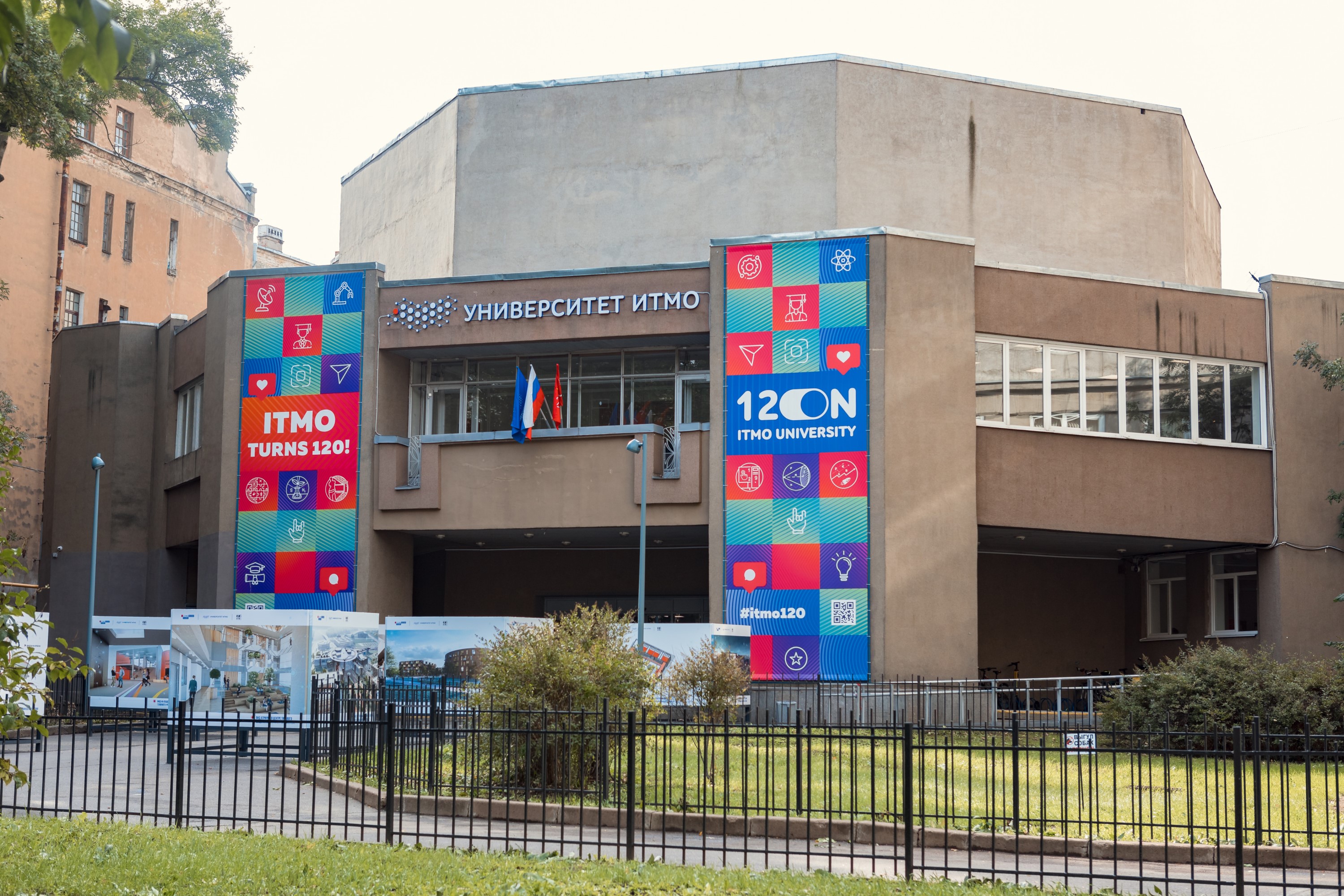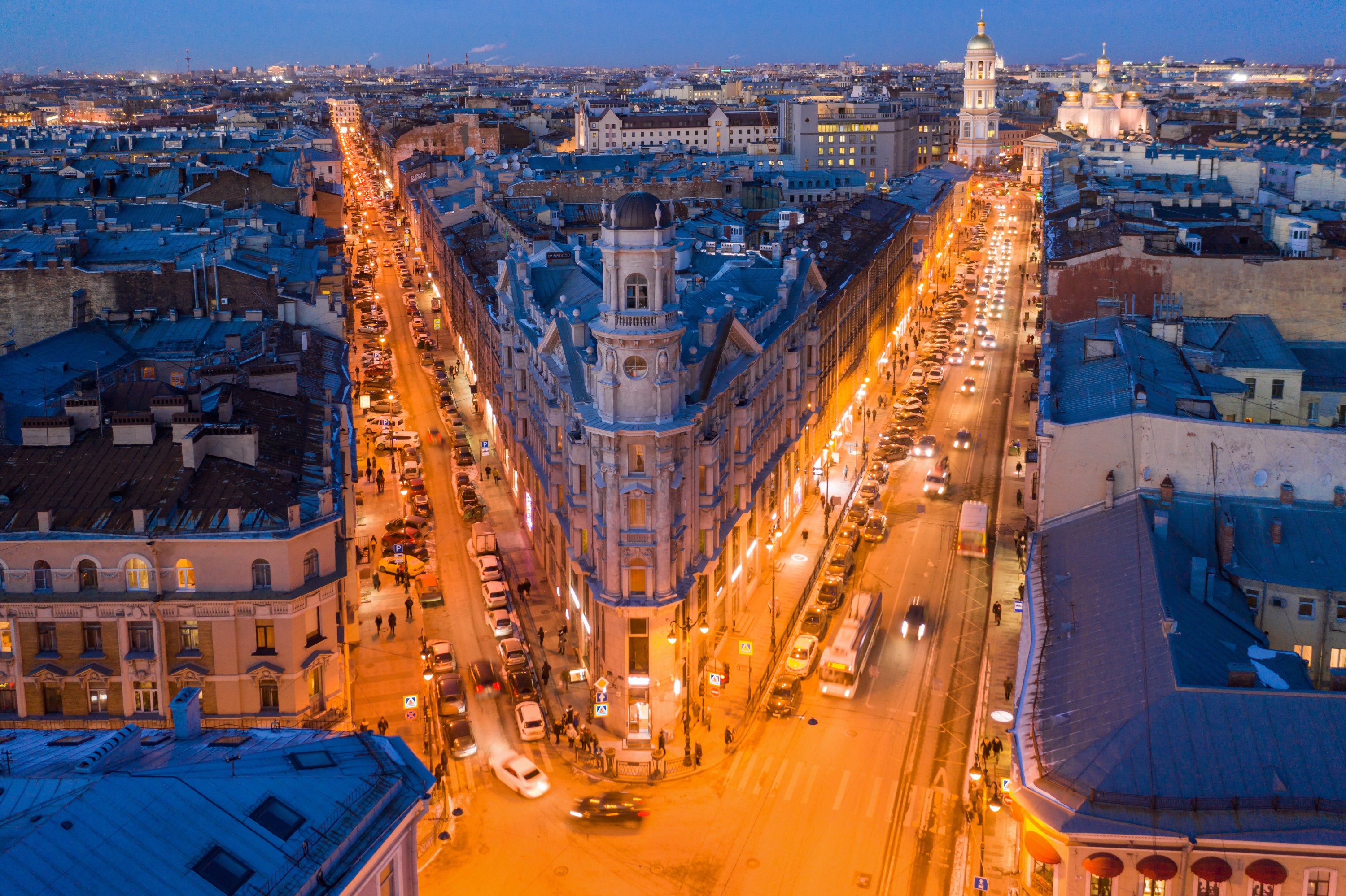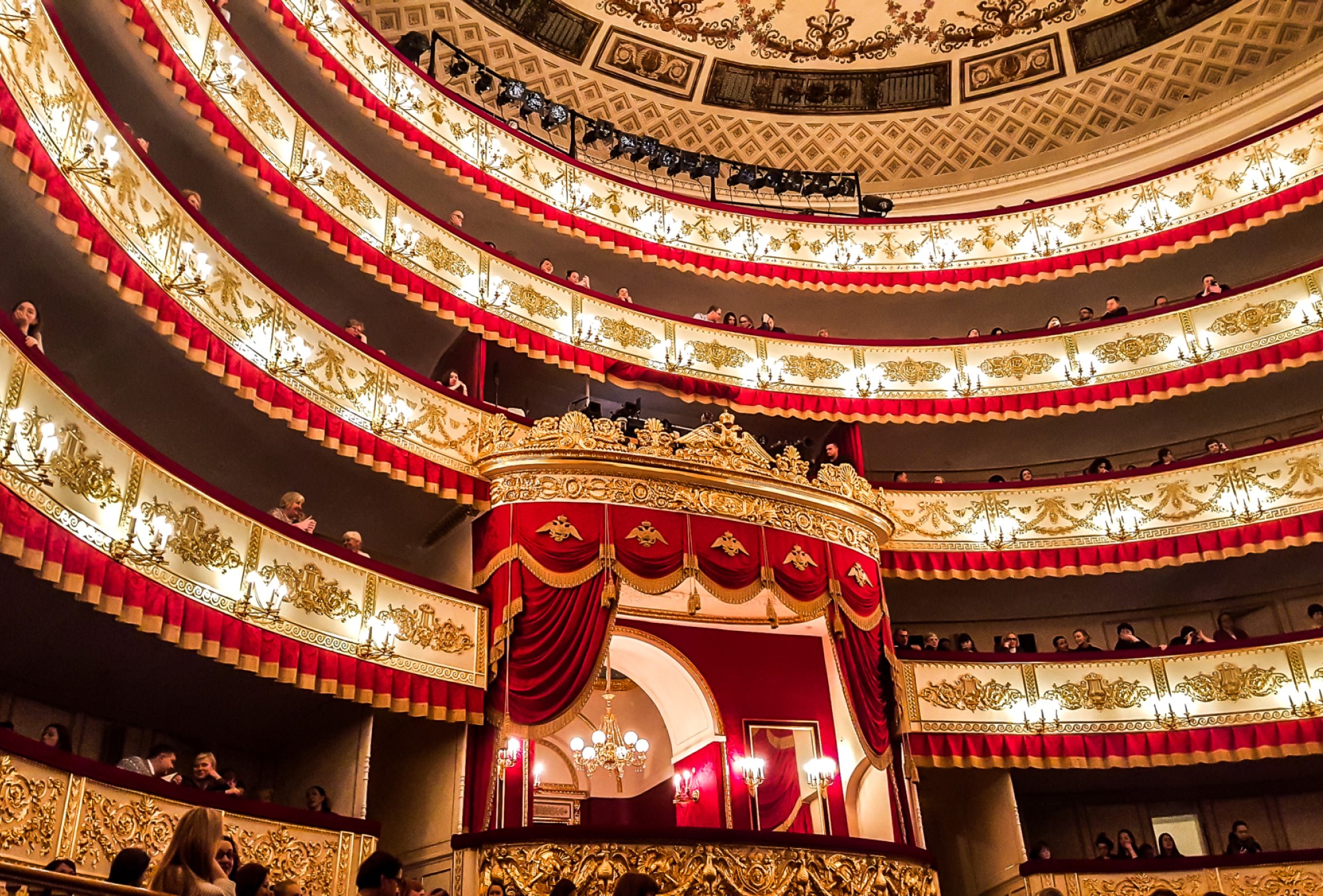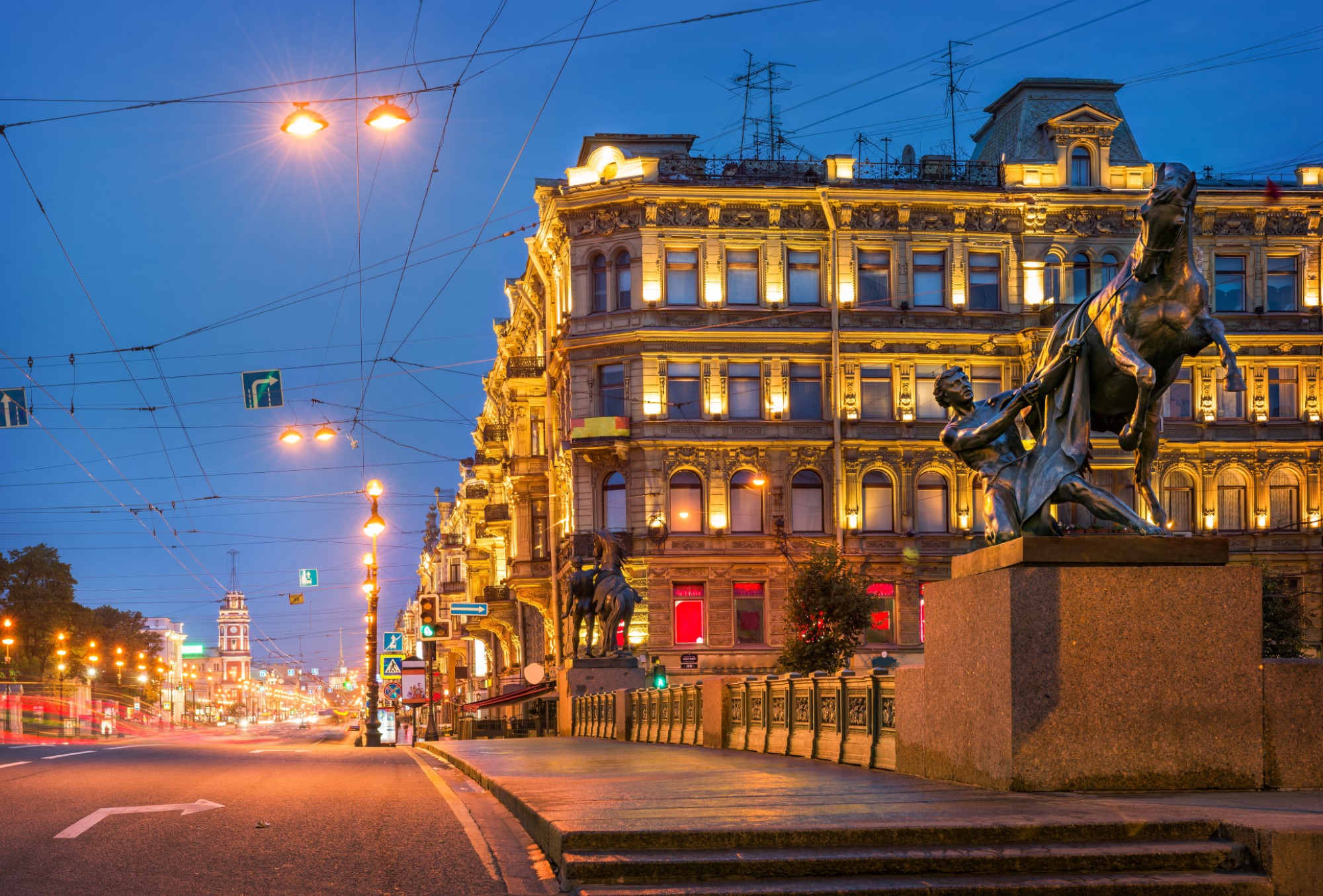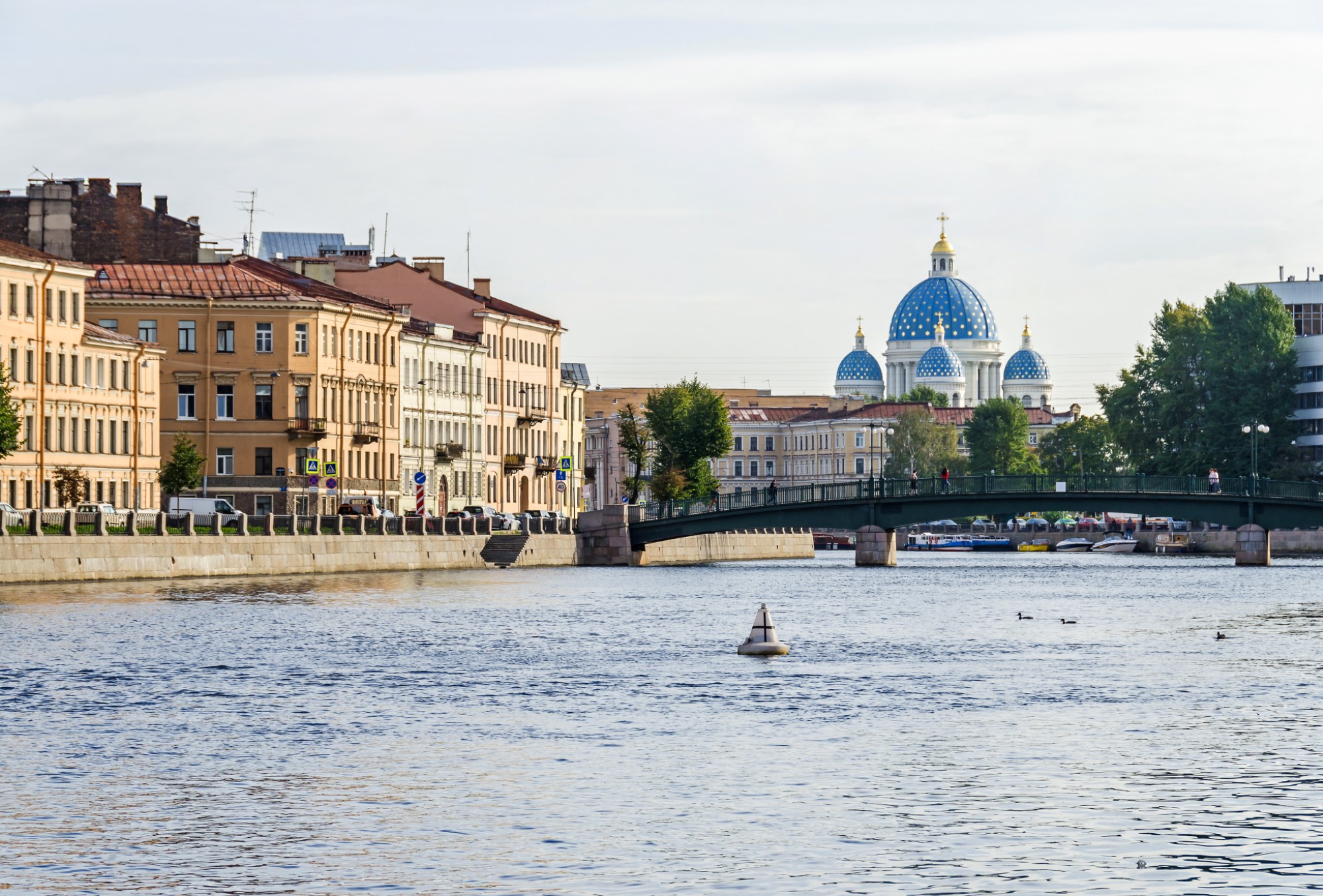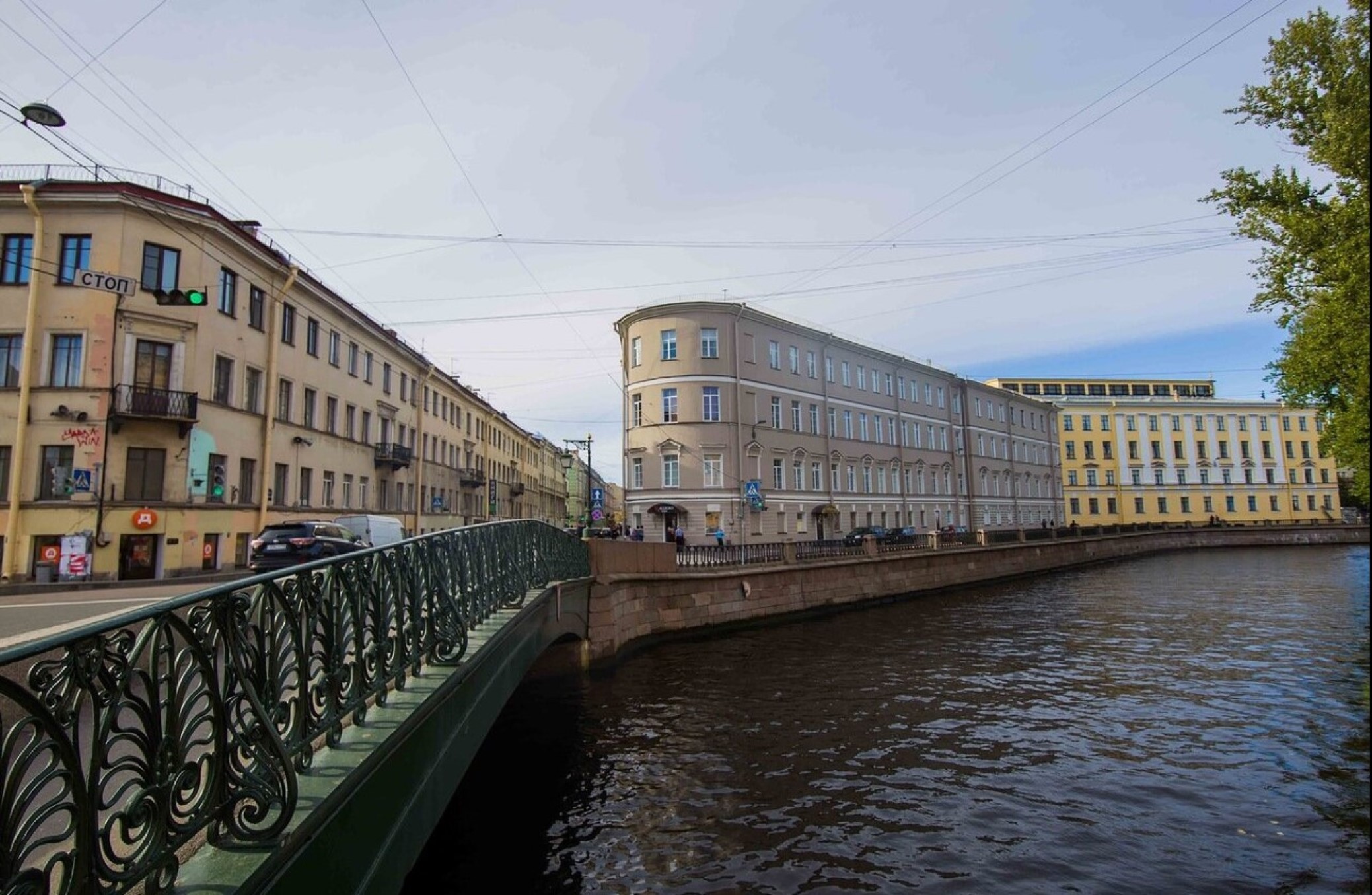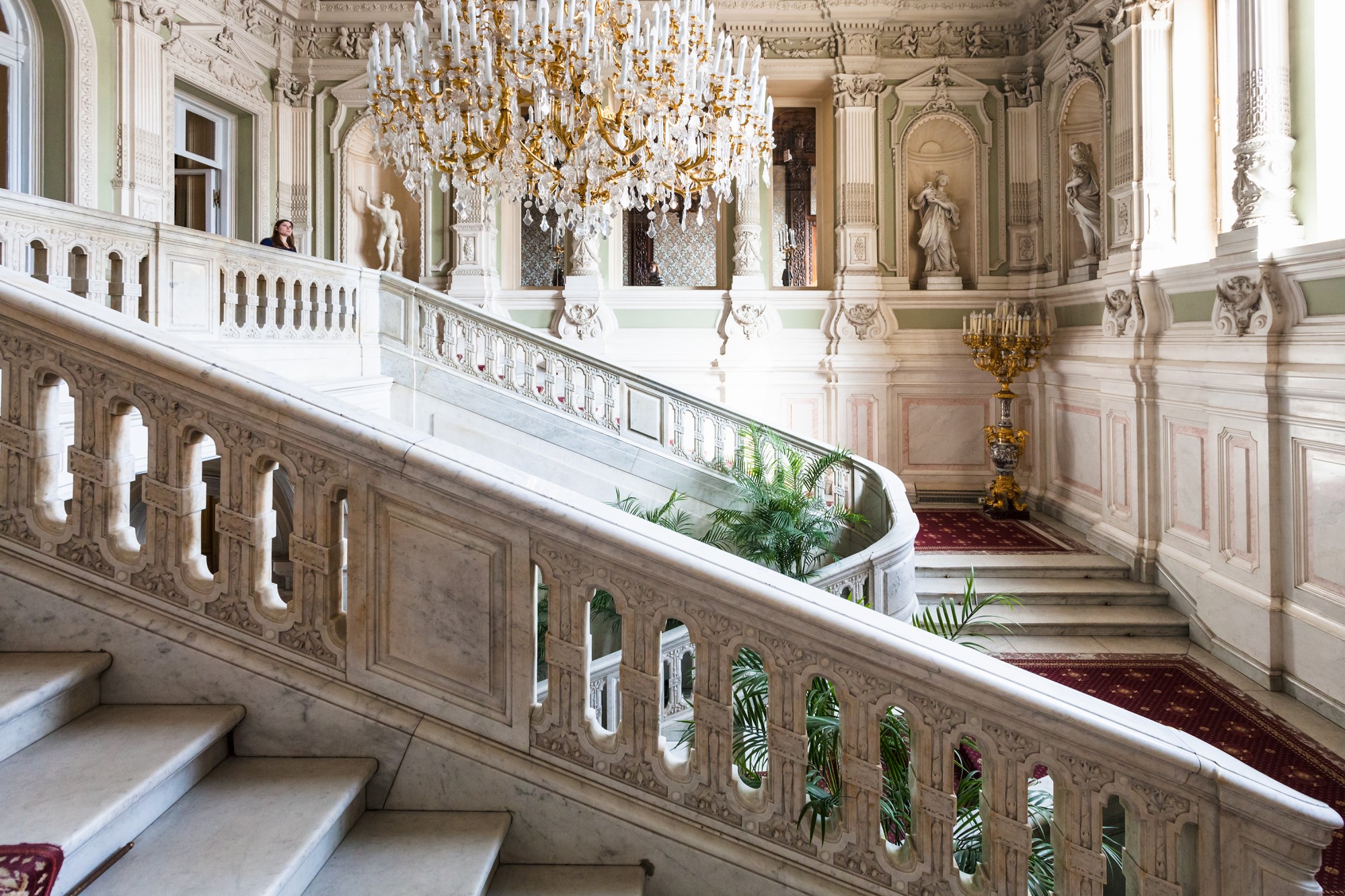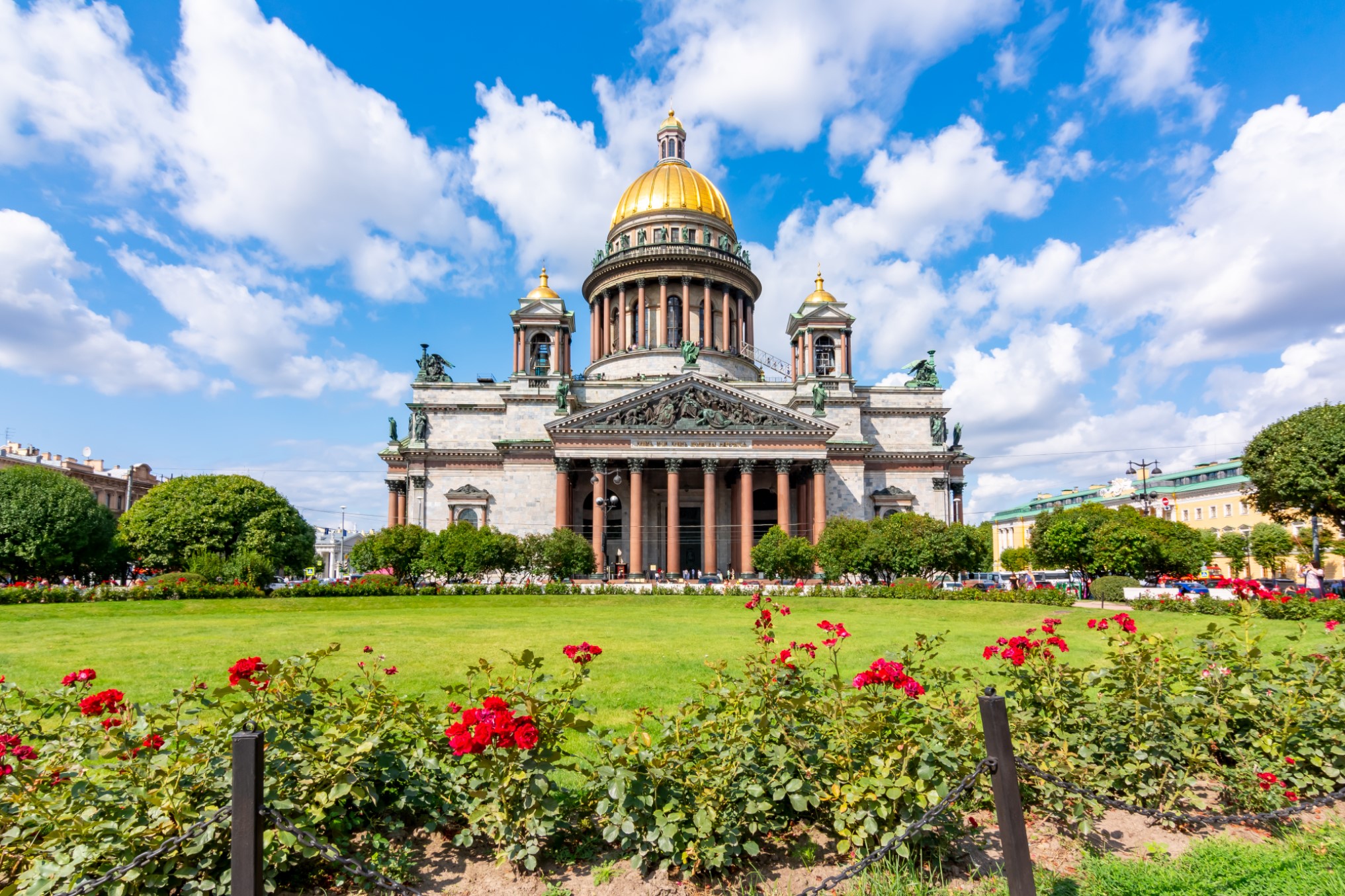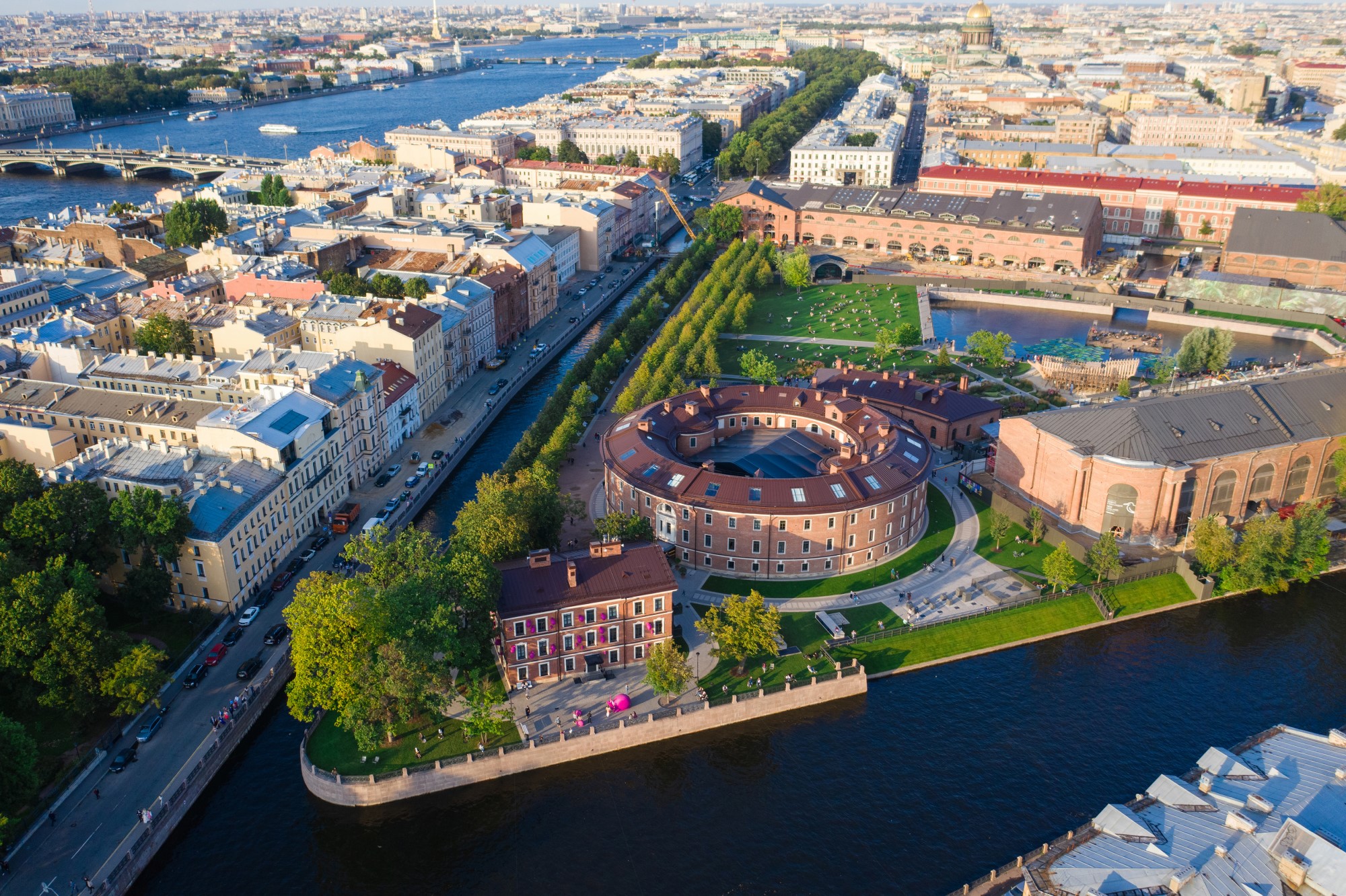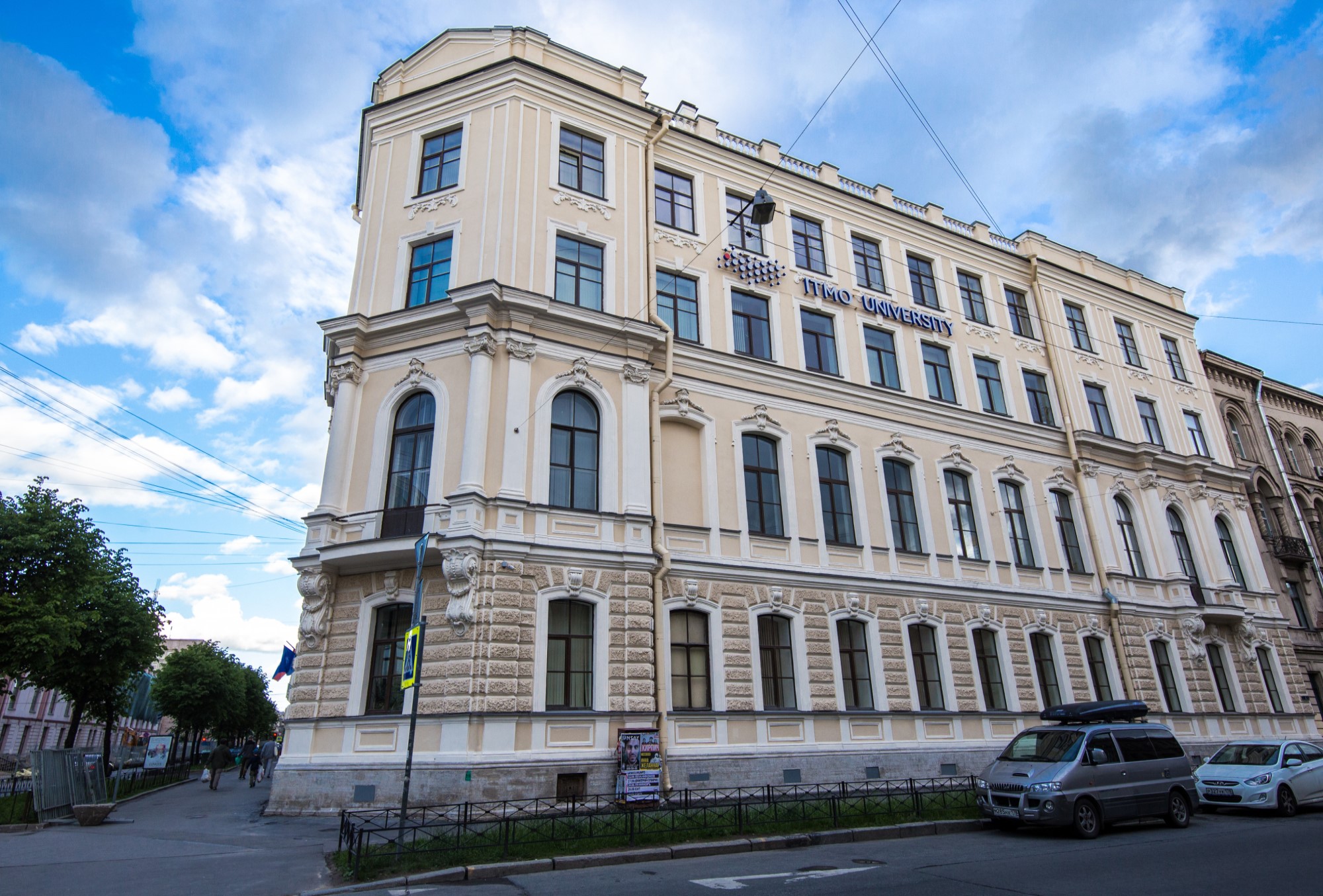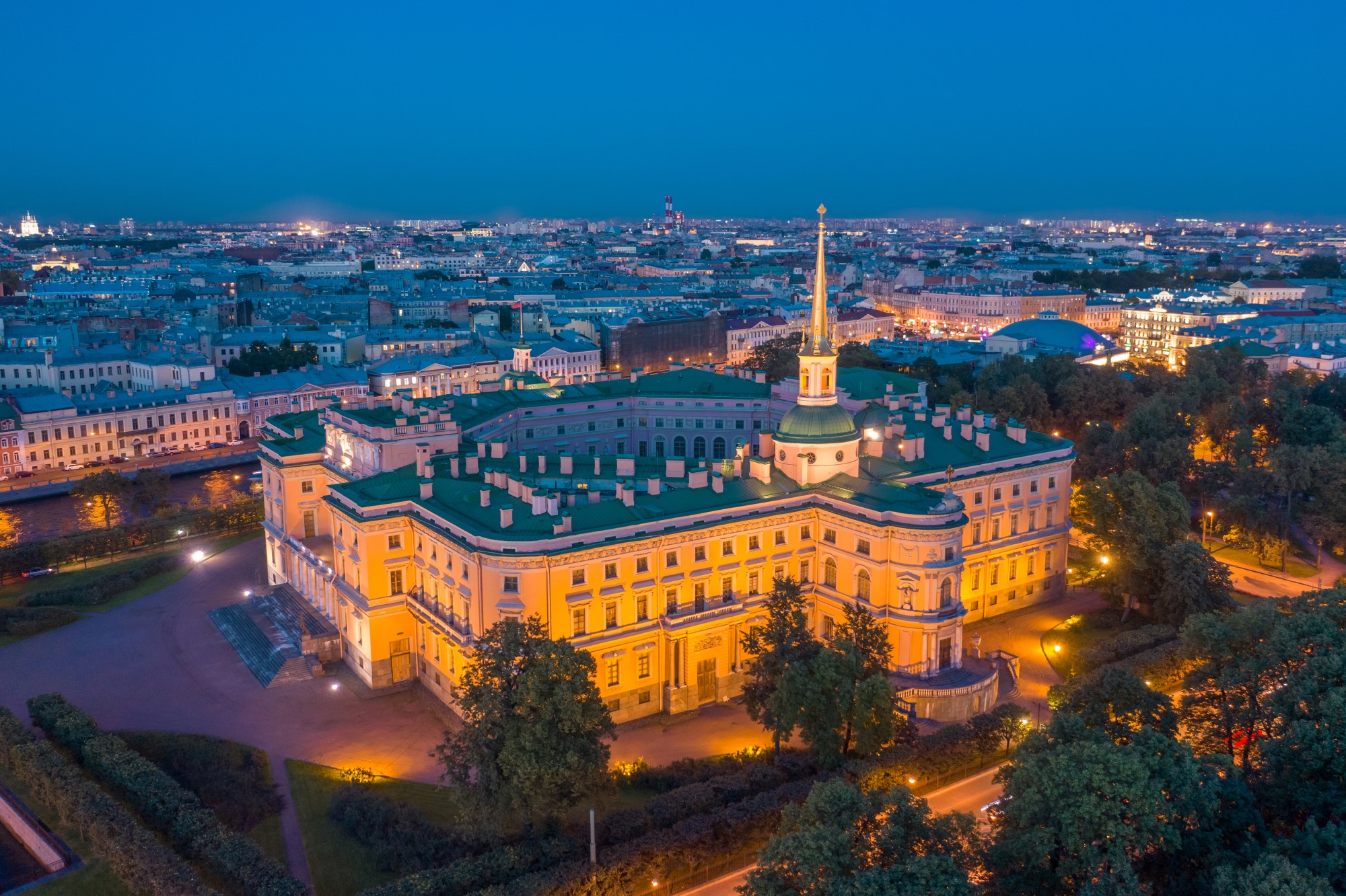Founded in 1703, St. Petersburg is known as the Northern Capital and cultural capital of Russia. But there’s more to our city than museums, theaters, and beautiful sights. It’s also one of Russia's largest industrial, educational and scientific centers. Whether you're coming here to study or work, you’re sure to enjoy the unique atmosphere of Russia's most European city.
ITMO University’s main campus is steps away from Peter and Paul Fortress, the birthplace of St. Petersburg. Learn about the city’s past, present and future as you make your way through once secret passages and peruse interactive exhibitions. Take a walk along the Neva River and take in the beautiful panorama of drawbridges, the Hermitage State Museum and St. Isaac’s Cathedral. Sports fans will enjoy the close proximity to major stadiums, while gourmands can explore local flavors at numerous cafes.
Cross over Tuchkov Bridge and find yourself near our campus on Vasilievsky or Basil Island. Framed by rostral pillars, the historic Spit of Vasilievsky Island was once a harbor that fueled the economic growth of the city. Now it’s one of the most photographed architectural ensembles, anchored by the magnificent Old St. Petersburg Stock Exchange. Whether you’re craving an afternoon filled with art and history, or an espresso in an outdoor café, this part of town offers an exciting blend of academic excellence and urban culture.
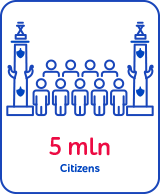





Location
St. Petersburg, the second largest city in Russia, is situated in the northwest of the country, on the coast of the Baltic Sea. The city is just a 1.5 hour flight away (703 km) from Moscow, the capital of Russia.
Like Moscow, St. Petersburg is in the Russian time zone 2 (MSK), with an offset of GMT+3.
Climate
The climate of St. Petersburg is humid continental, with freezing winters and pleasantly warm, cloudy summers. Snowfall is frequent in winter, just as rainfall is in summer.
Winter sets in from late November to late March and is characterized by long nights, snowfall, and chilly winds. January and February are the coldest months, with temperatures dropping to -8°C.
Warmer weather usually lasts from April to October. The temperatures vary between 15°C and 23°C in June, July, and August.
Public transport
St. Petersburg has an extensive public transportation network. The most convenient way of getting around is the metro – a five-line underground transit system. To navigate the city above the ground, one can opt for a bus, a trolleybus, or a tram. Nearby towns can be reached by suburban electric trains.
Please note that public transport is not available during nighttime: on average, the operation hours are from 5:30 to 0:30 am. The exception is public holidays, but changes in schedule are temporary and announced in advance.
Head here to learn more about public transport and travel costs for students in St. Petersburg.
Currency and cost of living
The national currency of Russia is the Russian ruble. Here’s a handy website to check the average exchange rates and another one (in Russian) to view the live rates at St. Petersburg’s banks. Digital payments are common in Russia, so you’ll have no trouble paying for most services by card, albeit it’s advisable to have some cash on hand just in case. Although living expenses vary from person to person, you can consult our financial overview to plan your budget.
Useful links
- Food. Discover the variety of cuisines the city has to offer in this guide. Don’t forget about cool vegan places.
- Entertainment. To make every weekend jam-packed with exciting events, check out our handy weekly guide. If you know St. Petersburg like the back of your hand, check out our articles on the unexplored parts of the city.
- Dealing with culture shock. Get to know the most obscure traditions and cultural insights of living in Russia with our ‘do it like a Russian’ article series.
Photos by ITMO University and depositphotos.com
